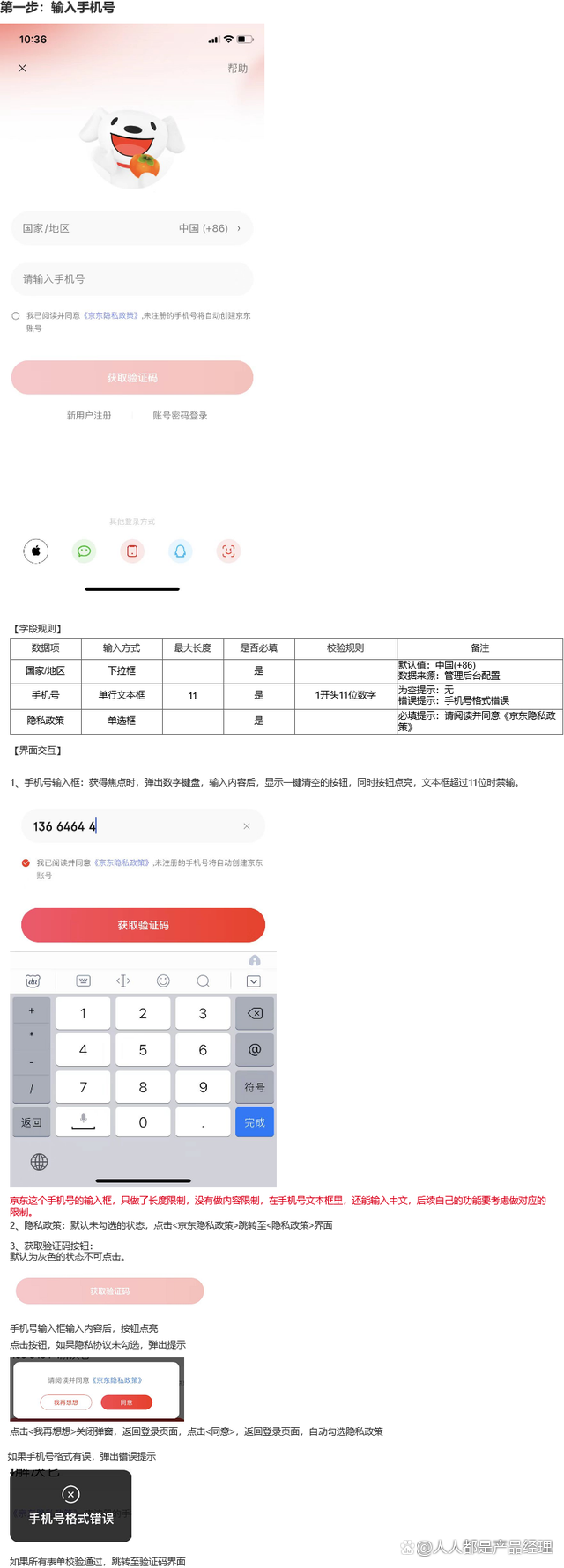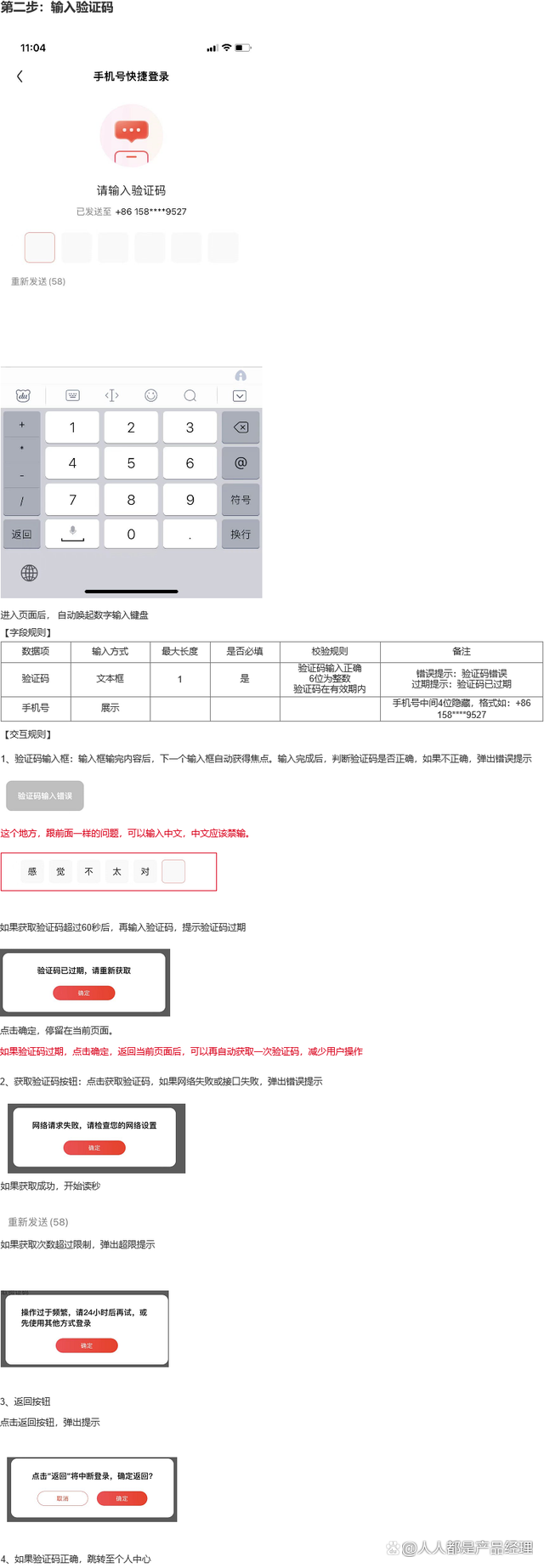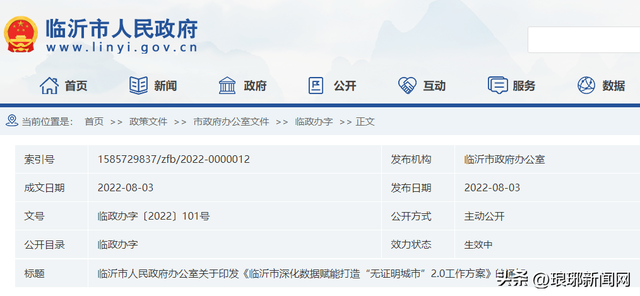How to drive the design with a case, write higher -quality PRDs?
Author:Everyone is a product manager Time:2022.09.27
During the review phase, we often cause changes to change due to some negligence, and then delay progress. To avoid this, what should I do? The author recommends a method -using examples to drive the design method to help you master scientific design methods and do not miss the details.

In product design, it is inevitable that you will encounter such problems:
The business logic is incomplete, and the branch process and abnormal process are not considered; the interactive details are not considered, and the processing methods of some scenarios are missing; the key business rules are lacking and the boundary value is not defined. If these issues often occur during the review, it is easy to be tested and tested. If it appears during development, it may be made up by changing demand, which may also affect the development period.
To avoid these problems, there is a set of scientific design methods. Brother Dao recommends a method for everyone to effectively solve these problems. I call it the use case driving design method to drive the design by using cases to ensure that business, interaction, and rules can be considered without missing key details.
01 What is a case?
The use case is a description of the process of the participants through the system.
The use case is the standard term in UML. It can also be understood as a functional module. The use case is the interaction process of participants and the system. It is a third -party perspective. The function is the system perspective that can be distinguished from this perspective.
A complete use case, including the name name, participant, front conditions, rear conditions, main processes, alternative processes, business rules, these parts.
Use example name: Use example name is a moving structure, such as adding users, modifying users, and deleting users. Use cases also have hierarchical structures, such as managing users as first -level use cases, and newly added, modified, deleted, and are secondary use cases.
Participants: refers to the role of this use case.
Pre -pre -conditions: To execute this use case, you need to have permissions, status, etc.
Rear conditions: After performing examples, how to deal with the system, such as adding a data, deleting a data, changing status, etc.
Main process: The normal process of the user achieves the goal is divided into participants and systems.
Alternative process: Contains abnormal distances and branch processes. This part is the easiest to be missed when combing the needs.
Business rules: The system is executed according to specific rules. These rules need to be clearly described in the use case, and business rules are also easy to miss.
02 Usage other parts
According to the traditional UML rules, the use cases do not include interface interaction. The use cases are more of expression logic, and the use of cases is more about back -end research and development. This is a narrow -minded case.
I also put the interface involved in the use case in the use case. I call it a generalized case. The general use cases include business logic, field rules and interface interaction.
Business logic mainly includes processes and rules. The field rules mainly include system input and output. Interface interaction is an interactive description of pages and controls.
Such a broad use case can describe the demand clearly without missing key details. Each individual use case can be used as a unit of design, research and development, and acceptance.
03 How to drive the design with cases?
Drived by use cases can be divided into the following steps:
1. Sort out all the use cases
A large use case can be divided into more secondary use cases, and secondary use cases can be disassembled as a third -level case. Based on each specific third -level case, as the smallest unit of product design.
2. Write example
As mentioned earlier, the use cases include elements such as names, participants, front and rear conditions. Before writing a case, you can first draw some simple prototypes before writing the prototype.
Here are a template with a complete use case.

This is a standard case collaboration method. In actual work, it is not necessary to write according to this template, or it can be written in a process chart+text description. For example, when writing PRD in Axure, the content of the content is not so high, and even the flow chart is not needed. Direct text description can be. The role of the flowchart is to help us visualize business logic, make the design more comprehensive without omissions.
3. Design interactive interface
Before doing the interface, you can do some competing surveys, analyze the interface and interaction of competitive products, and then start to do it. When analyzing the competition, you can also see the business logic and rules of others, see if your design has any design. considering.
For example, if you log in to this module for verification codes, you can analyze several domestic products with large number of users and see how they designed it.
The following is an interactive interface for login login of the JD App verification code.
The first step is to enter the mobile phone number.

The second step is to enter the verification code.

By analyzing the JD login module, you can also try some of their business rules, such as:
The validity period of the verification code is 1 minute; the maximum number of acquisitions of the same mobile phone number on the day; the above interface interaction and business rules can be used as a reference for our design.
The number of users of e -commerce platforms is relatively large. It will take into account many user scenarios. For this general module and reference to large factories, it is more secure.
After analysis, let's do our own design, we can be very comprehensive.
At the end
Driven the design of the case, you can comprehensively consider business logic and interface interaction, and do not miss key details. The PRD written by this idea will be higher.
Writing high -quality PRD is the basic skills of product managers. The quality of PRD can take more time to think about product planning, product iteration, product operation, etc., advanced and advanced product managers.When combing the use case yourself, the normal processes, abnormal processes, and branch processes consider that when you do interactive design, you can refer to the design plan of the large factory. According to this idea, the product should not be too bad.
Columnist
Sword Brother, WeChat public account: Sword Brother said that everyone is a product manager columnist.Seven -year -old product driver, current high -level product expert in an Internet company, rich experience in financial projects, rich practical experience, practical dry goods that are good at exporting ground gas, and helping thousands of product managers to promote growth.
This article was originally published in everyone's product manager.Reprinting is prohibited without permission.
The question map is from UNSPLASH, based on the CC0 protocol.
The point of view of this article only represents the author himself, and everyone is the product manager platform that only provides information storage space services.
- END -
The new earth environment model, the energy is super uneven, the earth is in a hot crisis

The earth is in the second crisis, and the temperature is much more hot than in 20...
Linyi is clear!Clean up!Allly cancel

No Certificate City constructionIt is to promote the reduction of certificatesImpo...